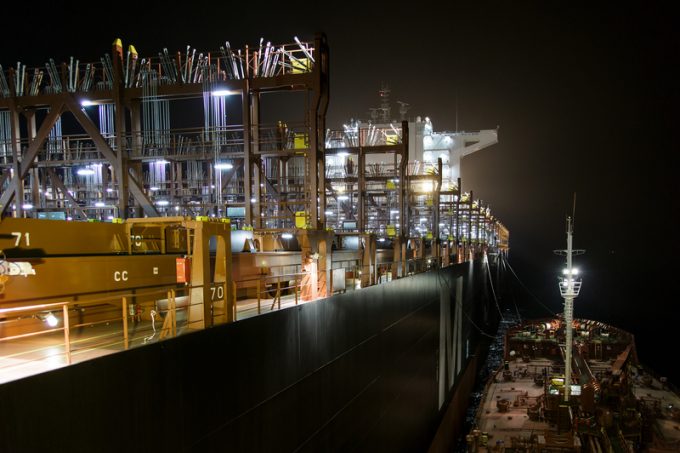Ripples from 2025 CNY 'may still be rocking the boats in summer'
Danish forwarder DSV has warned that ripples from the Chinese New Year (CNY) holiday could ...

Higher fuel costs are triggering increases in ocean carrier bunker surcharges, adding more misery for shippers already struggling with record high freight rates and additional fees.
Today’s price for low-sulphur fuel oil (LSFO) at Rotterdam is just under $500 per ton, which is up 25% since the beginning of the year and some 60% higher than in November.
And carriers are busy resetting their fuel increase recovery mechanisms, effective today or from 1 April, to reflect the higher bunker costs.
Moreover, the spread ...
Volcanic disruption at Anchorage could hit transpacific airfreight operations
Macron calls for ‘suspension’ – CMA CGM's $20bn US investment in doubt
Forwarders stay cool as US 'liberation day' tariffs threaten 'global trade war'
Shippers snap up airfreight capacity to US ahead of tariff deadline
De minimis exemption on shipments from China to the US will end in May
Tighter EU import requirements proving 'a challenge' for forwarders
Looming Trump tariffs will create 'a bureaucratic monster' for Customs

Comment on this article